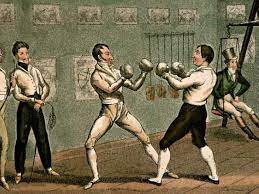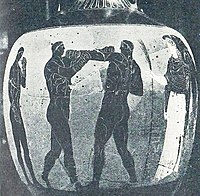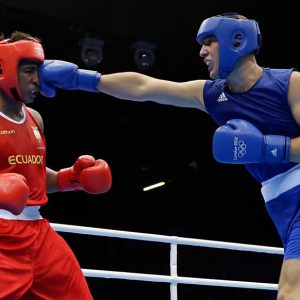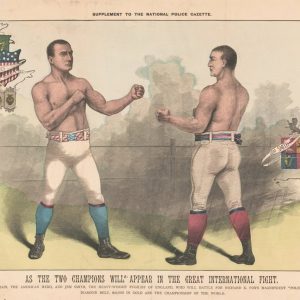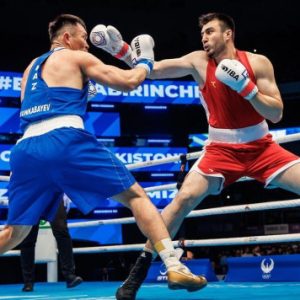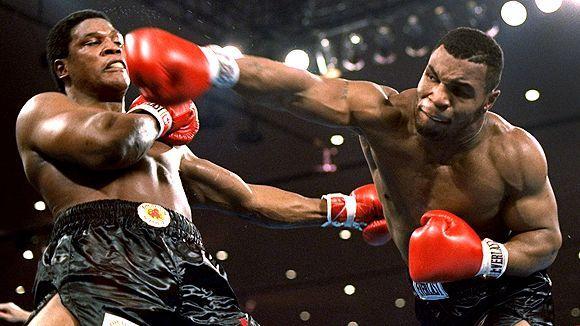Boxing
Boxing Founder:
Jack Broughton
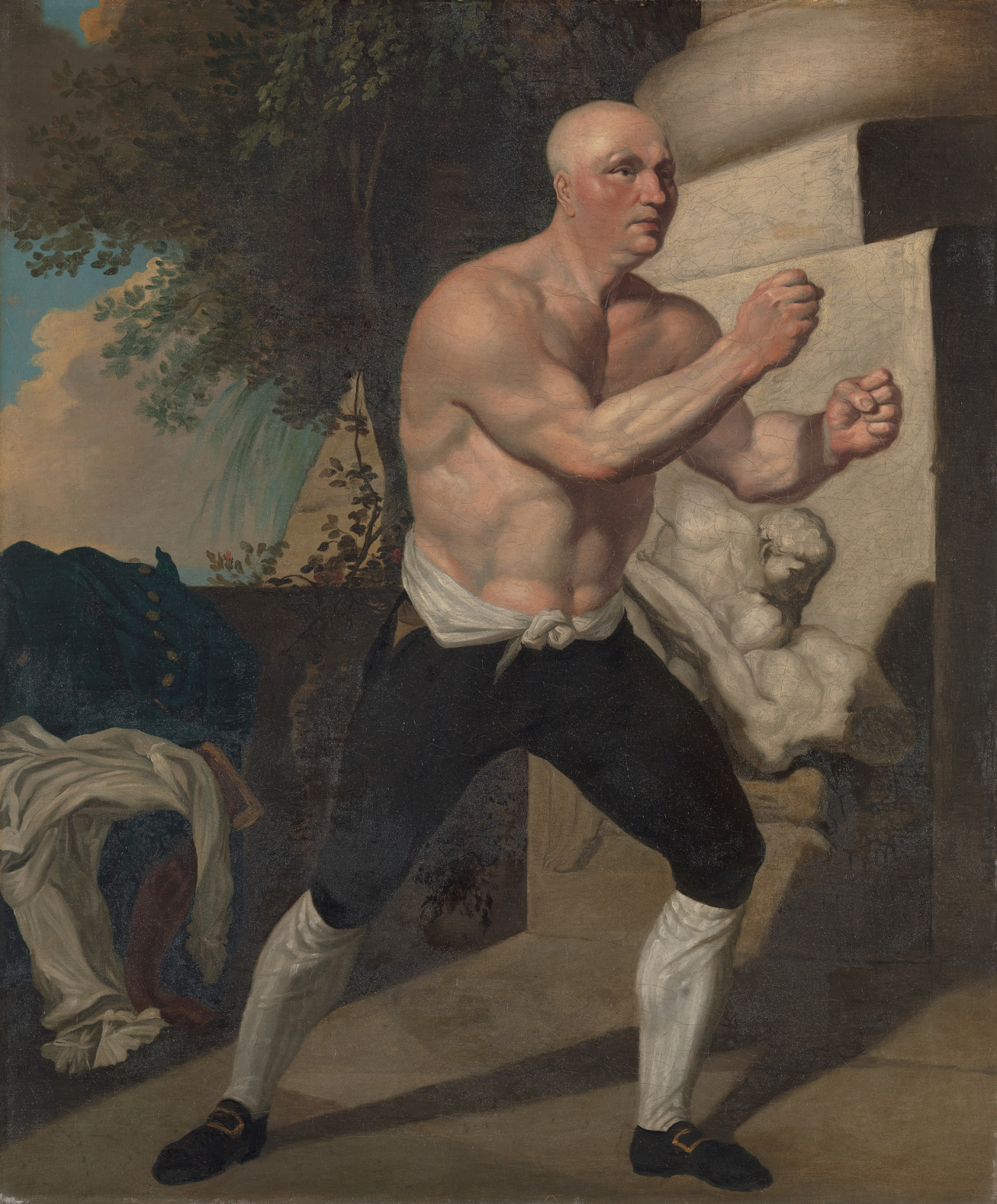
The founder of boxing as a modern sport does not have a specific name, since boxing has emerged as a sport since ancient times. However, Jack Broughton, an 18th-century English boxer, is often called the “father of boxing” for introducing the rules that became the basis for the modern sport.
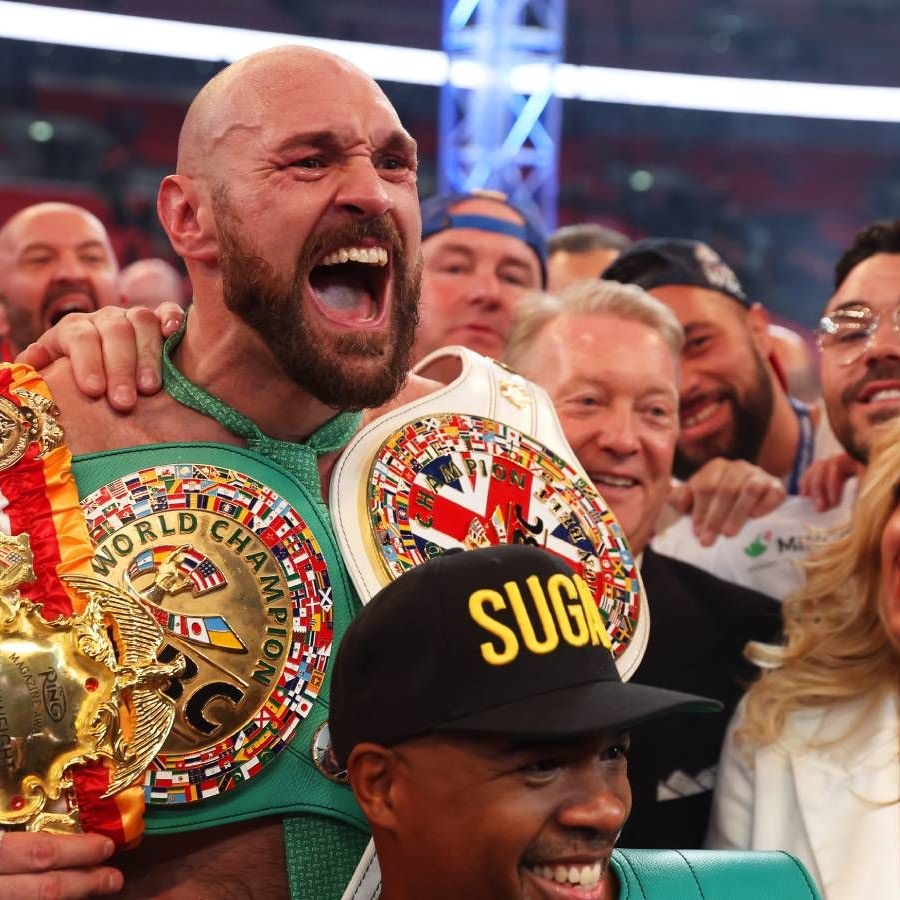
Tyson Fury
The boxing world champion is usually determined in different weight classes and by different organizations. As of 2023, one of the standout champions is Tyson Fury, the WBC heavyweight champion.
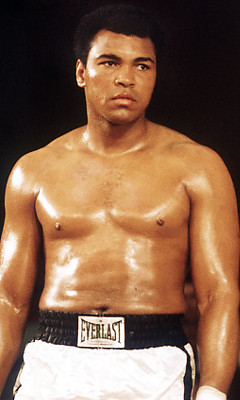
Muhammad Ali
a boxing legend known for his style, speed and political activism.
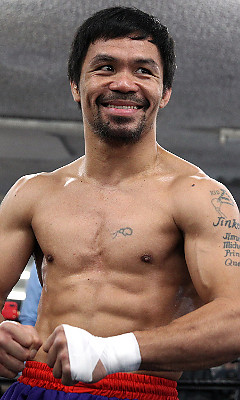
Manny Pacquiao
the only eight-time world champion in different weight categories in history.
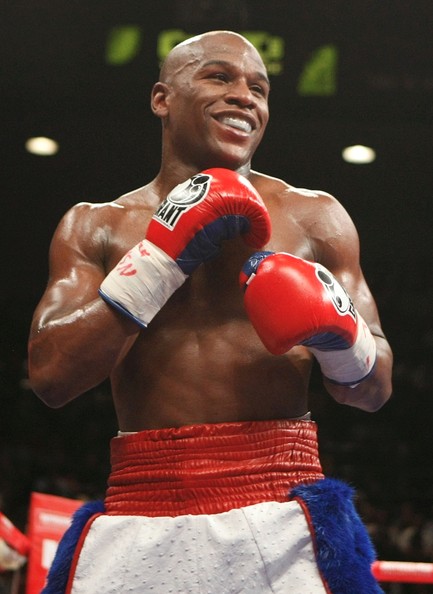
Floyd Mayweather
an undefeated professional boxer who retired with a 50-0 record.
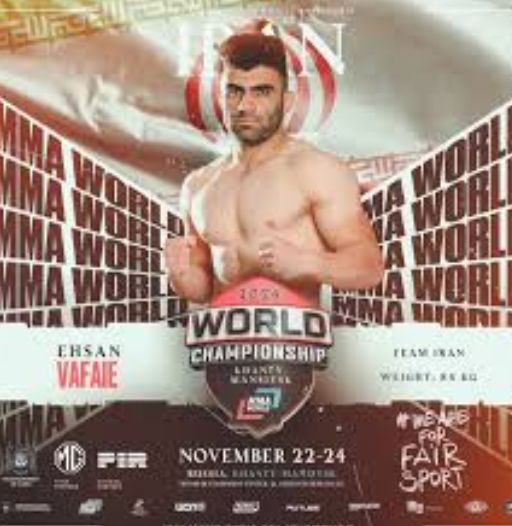
Mahmoud Sarehzadeh (Iran)
Mahmoud Sarehzadeh is a professional boxer representing Iran internationally. He became the Asian Champion in his weight class and won recognition for his strength and technique. Mahmoud is actively involved in the development of boxing in his country by training young athletes.
Boxing (fr. boxe – “boxing” and boxeur – “boxer” from the English boxing – “hits”, “beating”, “boxing”, to box – “to fight in the ring”, “to box”)) is a contact sport, martial arts, in which athletes punch each other with their fists in special gloves. The referee controls the fight, which lasts up to 12 rounds. The victory of the boxer in the event that the opponent is knocked down and cannot get up within ten seconds (knockout) or if he has an injury that does not allow him to continue the fight (technical knockout). If the match has not been stopped after the set number of rounds, the winner is determined by the judges’ scores.
The earliest evidence of such competitions is shown on Sumerian, Egyptian, and Minoan reliefs. Fist fighting tournaments, similar to boxing, were held in Ancient Greece. Boxing truly became a martial arts sport in 688 BC. e., when fist fights were first included in the program of the ancient Olympic Games. Modern boxing originated in England at the beginning of the 18th century.
Some countries have their own varieties of boxing (French boxing (symbiosis of savat, English boxing and cane fencing) in France, Lethwei in Myanmar, Muay Thai in Thailand), so the term “English boxing” is often used.
Boxing is an Olympic sport.
The early period of boxing history
The first depiction of a battle was made in a Sumerian cave in the third millennium BC. e., and the ancient Egyptian relief of the second millennium BC. e. depicted not only boxers, but also spectators. But both fighters are fighting naked. In 1927, the American archaeologist Spencer discovered stone tablets in Baghdad with a picture of two people preparing for a duel. This find is believed to be 7,000 years old.
Fist fights were also described in ancient Indian texts: in the Vedas, the Ramayana, the Mahabharata. Evidence of the existence of boxing was also found during excavations in the cities of Mohenjo-Daro and Harappa.
The first evidence of gloved boxing dates back to 1500-900 BC in Crete and the mountains of Sardinia (2000-1000 BC).
Boxing in Ancient Greece
The Lebanese and Etruscans called boxing “pugilism”. In the Mediterranean, there was no weight division, and the clinch was strictly prohibited. There were no rounds in the bouts, and they often had no time limit, ending in knockout, submission of defeat by one of the contestants, and sometimes even death. Although gloves were used during training, during the competition participants wrapped their hands with strips of hard leather that protected the fists (kest).
Young men who box. Ancient Greek fresco
The twenty-third canto of Homer’s Iliad details a boxing match between Euryalus and Epeos. According to the Iliad, boxing was incorporated by Mycenaean warriors into a competition to honor the dead. Another legend states that Theseus, during his reign, instituted a form of boxing in which two contestants sat opposite each other and punched each other until one of them died.
In 688 BC e. boxing was first included in the program of the 23rd ancient Olympic Games. Heracles is believed to have been the originator of the rules for fistfights, known at the time as pygmachia (πυγμαχία). There is a legend that before learning how to wield a sword and shield, the Spartans also went through a boxing school.
Competitions in Ancient Greece took place on a square ground covered with sand, and the fence of this “ring” was the spectators. The rules were enforced by a judge, a Helladonic. If during the set time none of the participants gave in to the other – an exchange of blows without defense was scheduled. Only people born free were allowed to participate in the Olympics. Training took place in special schools – palestrahs, athletes practiced their technique on bags (called korykos) and, in order to avoid injuries during fights, belts were wrapped around their hands, wrists and sometimes their chests.
Boxing in Ancient Rome
In Ancient Rome, there were two types of boxing, both of which came from Etruscan traditions. Folk “boxing” was popular throughout Rome, but there was also a gladiatorial version of the fight. Participants in such fights were mainly criminals and slaves who hoped to win freedom, but sometimes free people, aristocrats and even women fought. Gladiators fought in a kind of gloves (kests), sometimes with spikes.
The popularity of fistfights led to even emperors taking part in them, with Nero being the first.
In 393, the Roman emperor Theodosius the Great, at the insistence of the clergy, banned the Olympic Games, because they were considered a pagan celebration, and in 500, Theodoric the Great banned boxing as a sport that offends God: because the symbol of God, man, was subject to blows. However, this decree did not greatly affect the sports life of cities outside the Eastern Empire. By then, Western Europe had ceased to be part of the Roman Empire, and boxing remained popular throughout the Middle Ages and beyond. It should be noted that wrestling, fencing and chariot racing were never banned.
Boxing got a second life in England, where in 1681 the first boxing match took place. It was organized by Christopher Monk. As early as 1698, regular competitions began in England. London became the center of boxing, where boxers from all over the country began to gather. Matches (“meetings”) were mostly played outdoors, without gloves and without rules. The match ended when the boxer could no longer continue the competition. Usually, after the opponent fell to the ground, the attack was forbidden.
One of the first champions was James Figg, who was declared champion in 1719. He kept this title for 15 years. In 1743, one of his students, Jack Broughton, drew up the first rules for this sport. According to the rules, in boxing you could only use your hands and not hit your opponent below the belt. After the opponent was on the ground and could not get up within 30 seconds, the fight had to stop.
Several boxing techniques:
Jab
a quick, straight strike with the left hand (for right-handers).
Cross
мощный прямой удар правой рукой, пересекающийся с линией атаки оппонента.
Hook
a short side kick aimed at the opponent's head or body.
Uppercut
a vertical strike from the bottom up, aimed at the opponent's chin or body.
